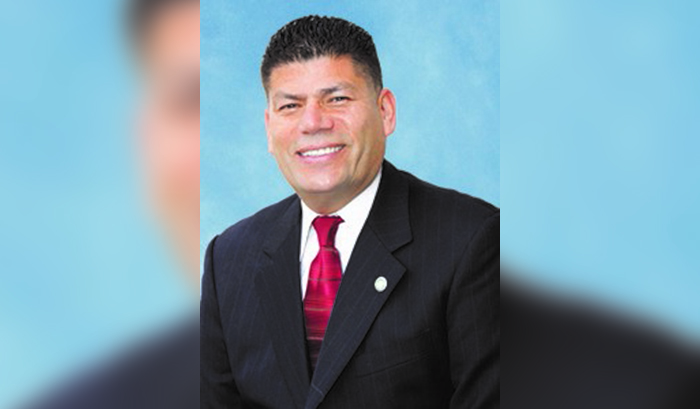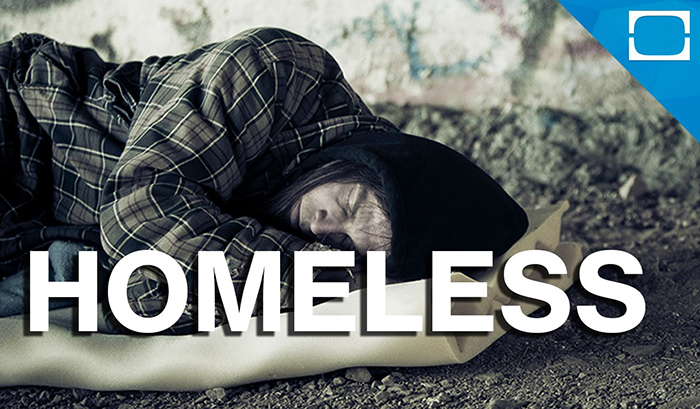Re “Decision Is Nearing on South Culver City Cell Tower”
No wonder Sol Blumenfeld, the Community Development Director, was smiling when he walked into last evening’s community workshop to discuss the state of the Parcel B property Downtown, in front of the Culver Hotel.
The main topic aside, an 11-month community war has died.
The so-called invasion of the allegedly health-imperiling T-Mobile cell phone tower into the Sawtelle/Stevens residential neighborhood just east of South Sepulveda Boulevard is over.
One day earlier, Mr. Blumenfeld had signed an approval letter to allow relocation of the proposed tower from the roof of the Cash ‘n Carry office supplies store, 5680 Sawtelle Blvd., to the Studio Shopping Plaza, which is across the street, already the site of another cell tower. Cash n’ Carry owner/founder Dan Israely, who said earlier this year that revenue from hosting the tower would strongly aid his struggling business, is traveling today and unavailable for comment.
The verdict is a towering victory, some would say, for community pressure and a tribute to the neighborhood fight led by Bryan and Pirjo Tjomsland, who said that the tower presented an unwelcome, unnecessary health risk to families. Virtually from the day residents were notified by mail of City Hall’s intentions last December, the Tjomslands and their neighbors aggressively organized, planned strategy, and mounted pointed vociferous arguments at T-Mobile and to City Hall.
Flexing Its Limited Power
Mr. Blumenfeld and others have maintained from the beginning that City Hall had been reduced to a relatively minor player in this increasingly common scenario because of snug and wide-ranging federal regulations passed a decade earlier.
Mr. Blumenfeld explained how City Hall secured a win for protesting residents. “Part of this involved finding an alternative site for the tower, and having the cell-provider certify that this alternative site would be suitable,” he said. “Then there was re-applying in the new location and going through that process.”
Due to federal laws, Mr. Blumenfeld said, “the city has a limited scope of review for these types of antennae. A lot of community concern was directed at health issues. The federal government pre-empts that whole discussion” with regulations passed in the late 1990s.
“Our purview,” Mr. Blumenfeld said, “is limited to the issue of design. Otherwise, it is almost a perfunctory review.”
Nevertheless, heat from the community was a factor in the final denouement. “I agree with those who say that having the community speak out gave us the motivation to look for an alternative site, and also gave the cell provider motivation to look.”






